SUMMARY
This is AI generated summarization, which may have errors. For context, always refer to the full article.
![[OPINION] Maritime counterinsurgency in the South China Sea: Exploring options](https://www.rappler.com/tachyon/2023/03/tl-maritime-counterinsurgency.jpg)
Xi Jinping’s “global insurgency” operates on several fronts: the global economy, geo-politics, culture, technology, space, cyber, cognitive, and the maritime commons, among others. In the most critical front, the global economy, the CCP had ideological help from Adam Smith’s “unseen hand.” And so, governments had to face wicked problems, such as:
- How does one protect itself from dependency on China as a market, or supplier of goods?
- How does one mitigate its economy’s vulnerability to a “global supply chain,” which was clearly compromised during the peak of the COVID-19 pandemic?
For Southeast Asia, the maritime commons is the key front. Here, the “naval balance of power” has tilted in the CCP’s favor; further bolstered by its coast guard and militia. More so, its “interior lines of communication” between its mainland and island bases provides advantages enhancing its operational logistics and sea control capabilities. Deconstructing maritime insurgency on three levels, we see the CCP:
- strategically, leveraging its “comprehensive national power” to influence the region’s economies;
- operationally, employing diverse maritime capabilities to assert presence in neighboring EEZs; and,
- tactically, disrupting the “OODA loop” of regional navies through grayzone operations.
To avert a CCP “strategic victory” in the South China Sea, let us look at how David Galula’s Four Laws for Counterinsurgency can be applied by the Philippines, in collaboration with the US and other partners.
First Law: The support of the population is as necessary for the counterinsurgent, as for the insurgent.
Beijing has leveraged its “economic capability and relationships” to gain ASEAN’s acquiescence. We need to win back ASEAN’s majority, but IPEF holds no attraction unless the US opens up its economy for trading. Given the mood in American domestic politics, Japan will have to step forward instead. It has robust economic engagements in Southeast Asia, which could be aligned with the ongoing security dialogues taking place. Perhaps Japan can also harness its private sector, and integrate the region into an ”alternative supply chain.”
Second Law: Support is gained through an active minority.
The emerging trilateral arrangement among the Philippines, US, and Japan – or a quadrilateral if Australia is added – could be the closest to an “active minority” envisioned by Galula. If it gains traction, it could encourage the rest of the region to stand up to the Beijing. Ideally, an ASEAN-led construct, such as the TCA-INDOMAPLHI, is far superior. Unfortunately, for the members to “rally to the cause,” it must overcome its “fear of entrapment” that compelled it to hedge or bandwagon in the first place.
Third Law: Support from the population is conditional.
Grayzone operations attack the credibility of ASEAN’s ability to protect its sovereign rights, as well as the US’ billing as a “security guarantor;” feeding into the former’s “fear of abandonment.” To contextualize: unless “counterinsurgents” can sequentially contest and break the blockade around Scarborough and Second Thomas Shoals and Sandy Cay, thence match the presence of CCP’s forces; the region will continue to vacillate, and kowtow to China’s brand of a rules-based order.
Fourth Law: Intensity of effort and vastness of means are essential.
Referencing Galula, a counterinsurgency in the South China Sea requires the concentration of effort and resources. Its broad strokes should consider:
- a “whole of alliance approach;”
- challenging the blockade in key shoals and cay;
- challenging militia presence within EEZs and unoccupied shoals;
- establishing sustained naval presence in the South China Sea;
- shaping operations: dialogues with ASEAN, and conduct of region-wide naval exercises; and,
- countering foreign interference among ASEAN capitals.
Galula’s Theory of Victory and the Cod Wars
Obviously, going kinetic against the CCP’s maritime forces is not an option. A “strategic victory” in the South China Sea would be a gradual process; the desired political end-state achieved once ASEAN is no longer submissive to the CCP’s demands. Kevin Blims, in his study on the Iceland-UK Cod Wars noted the factors relevant to a successful maritime counterinsurgency: “greater national willpower, demonstrated asymmetry of interests, political risk-taking, and innovative non-lethal tactics.” Perhaps the Philippines and other like-minded democracies can learn from this. – Rappler.com
Rear Admiral Rommel Jude Ong (Ret.) is currently Professor of Praxis at Ateneo School of Government. He was formerly the Vice Commander of the Philippine Navy.
Add a comment
How does this make you feel?
![[OPINION] Grayzone tactics: A maritime insurgency in the South China Sea?](https://www.rappler.com/tachyon/2023/03/grayzone-tactics-march-2-2023.jpg?fit=449%2C449)
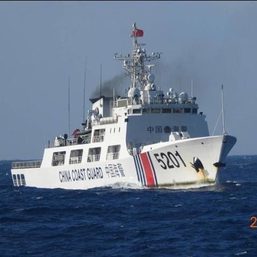
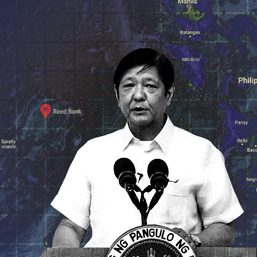
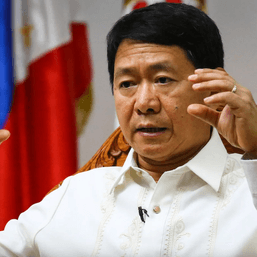
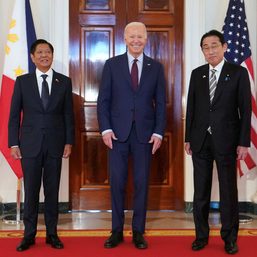
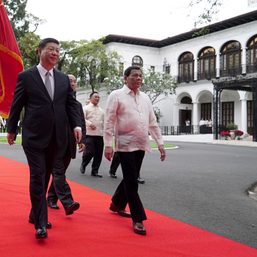
There are no comments yet. Add your comment to start the conversation.